|
I'm working on a museum display as part of the outreach activities for our NSF Understanding the Rules of Life mountain epibeenomics grant and decided to illustrate why mountains are especially interesting for bumbles by making a map overlaying species richness with elevation. I just used some fairly heavily post-filtered data downloaded from GBIF for this, so could probably be easily improved on with some more rigorous filtering (although the richness blobs correlate pretty well with Paul Williams' maps, so they are pretty good I think). I determined a gridded richness estimate using R with mostly the sf and raster packages and made the pretty map with rayshader. It was a lot of work to wrangle the data and get all the layers in the correct formats, but came out pretty well I think.
Now, who didn't wake up this morning and think: "I wonder what it would be like to be a bumble bee?". OK, maybe just me. Nonetheless, now you can find out! As part of our NSF mountain bees grant Broader Impacts, my collaborator Michael Dillon and folks at the U Wyoming Biodiversity Institute (thanks Brian Barber and Kyle Summerfield, especially!) devised "Flight of the Bombus" an especially creative interactive video game that illustrates some of the interesting aspects of insect flight, especially the challenges of flight at altitude. I wrote a small grant to the European Society for Evolutionary Biology and got some additional outreach funds to build a version of the game here. Pretty neat eh! We are not entirely sure where this will go long-term, but we intend to bring it out for various events, take it to local schools etc. A pretty creative endeavor! Go Team! Clare and Rebecca have finally finished processing and pinning up all of the bees collected in two bee bowl surveys at the UA Arboretum from last October and November! It looks like we've got a bunch of different species but things were dominated by what I'm guessing from some cursory identification work is the Halictid Agapostemon virescens (my non-bumble bee ID skills are not great, but I'm working on it!), a very pretty metallic green bee. We plan to do another set of monthly surveys this spring to see how diversity changes over the year.
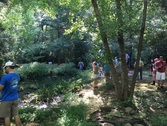 UA Arboretum attracts a crowd at the 2016 Open House UA Arboretum attracts a crowd at the 2016 Open House We are getting ready to undertake a local bee biodiversity inventory at the University of Alabama Arboretum, a beautiful spot off of campus that is undergoing continual improvement thanks to director Monica Watkins. As part of this improvement, we hope to get a baseline assessment of bee biodiversity across the Arboretum, which includes pine and oak/hickory forest, a community garden, wildflower garden, and open areas with lots of general floral and habitat resources that should be great for bees. Ideally, bee habitat availability will increase at the Arboretum over time, and we would like to see how diversity tracks improvements.
A new video on the decline of the bee Bombus affinis, and bumble bees more generally. This video features some of the work from my postdoc, including interviews with my old PI Sydney Cameron, among a number of other great bee biologists. Please take a look, and check out the website of the video's maker. www.rustypatched.com/the-film/
FYI, my personal view is that we can find affinis around in geographically widespread pockets (I even know a few where we've found some over several years!), suggesting that imminant extinction may be less likely, however overall the range is shrinking and the species is certainly doing among the most poorly of any species we've investigated. A canary in the coal mine? A nice article about our NSF research by Chris Bryant (photos by Zach Riggins) at UA Press: “The Bees...I Just Quite Like Them”
A nice article in the Tuscaloosa News by Ed Enoch (with great photos by Karley Fernandez) "University of Alabama part of study on bumblebees' genetics, adaptability" features lab undergraduate researcher Gaybe Unbehaun! It was pollinator week this past week, and on Saturday June 20 I set up a table at the Tuscaloosa Farmer’s Market to hand out informational material on pollinators, pesticides, and planting flowers, as well as some displays of local pollinator diversity. It was pretty successful as the first Tuscaloosa Pollinator Week, especially the interest from the young-uns. I’d consider it a success if even a handful of people learned that bumble bees were not, in fact, eating their decks.
|
Lozier Lab NewsDispatches from the lab and field! Archives
March 2023
Categories
All
|
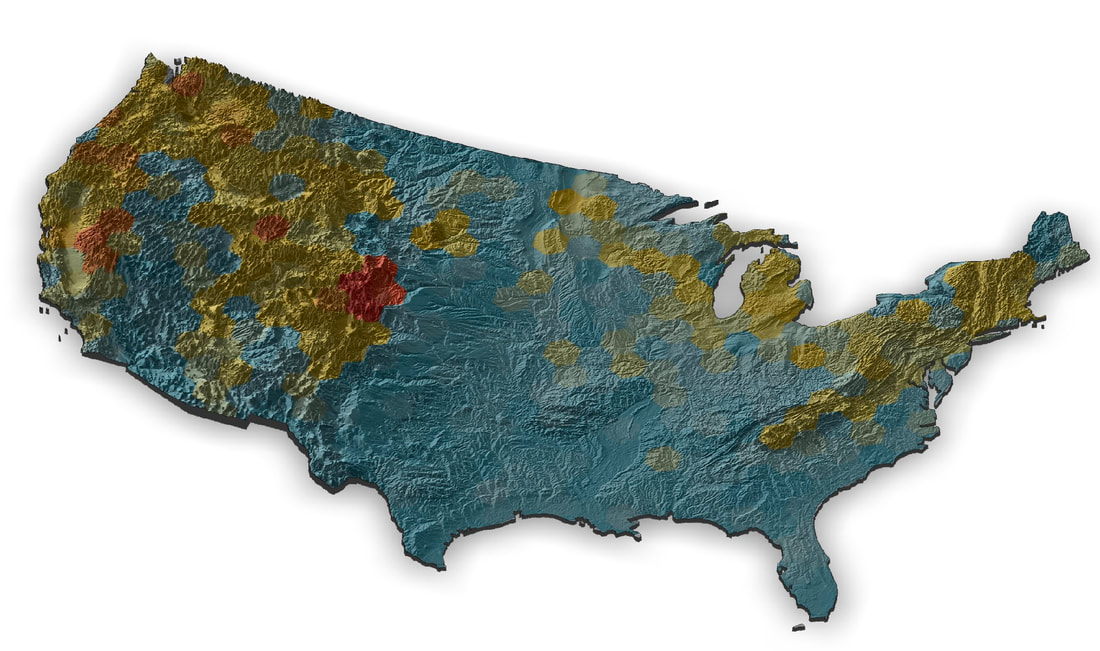
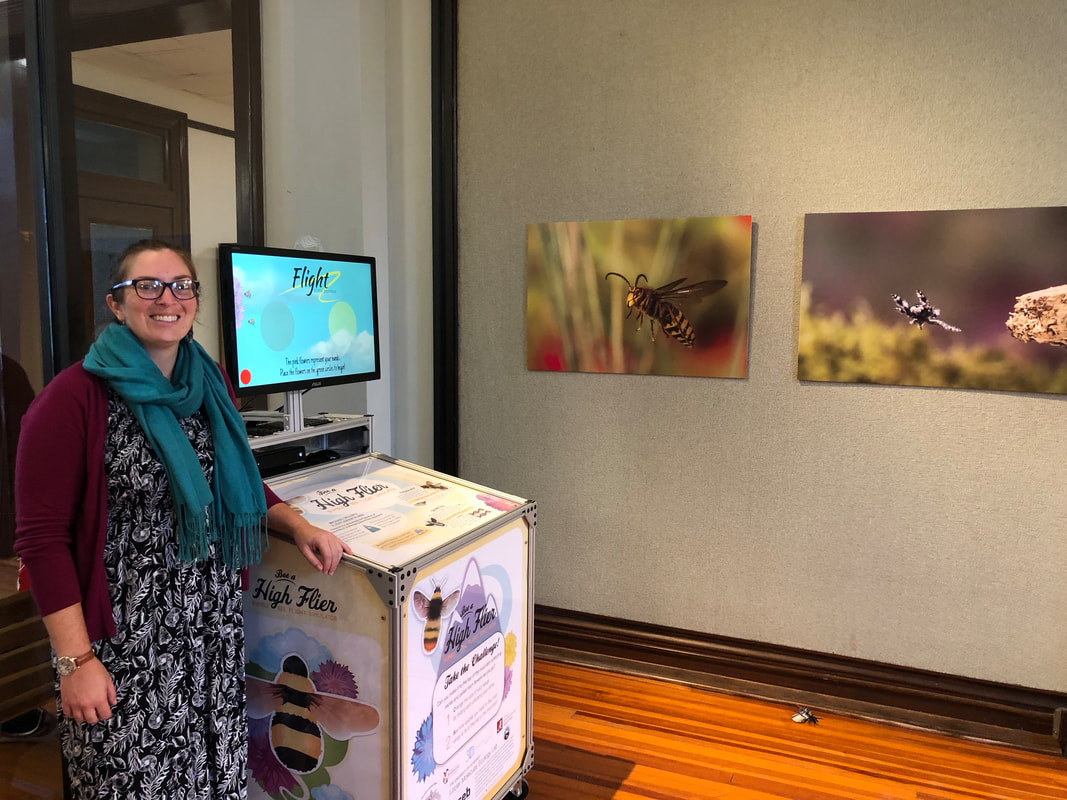
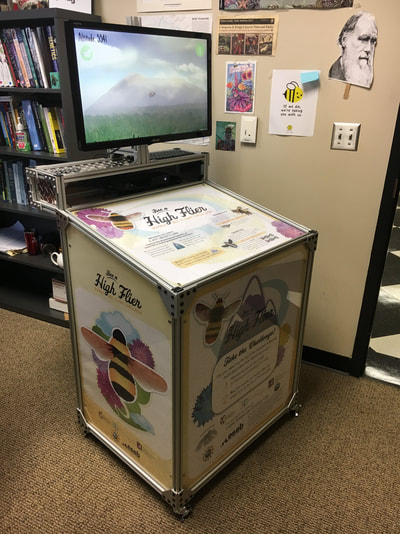
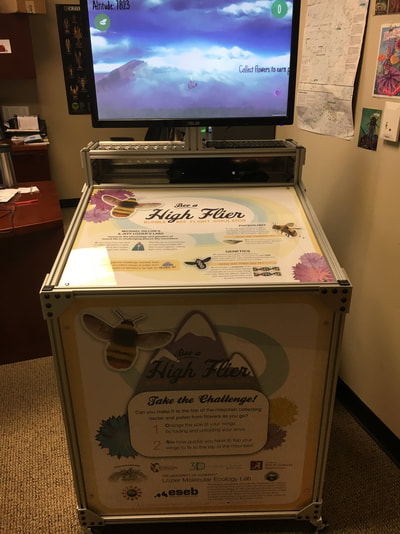
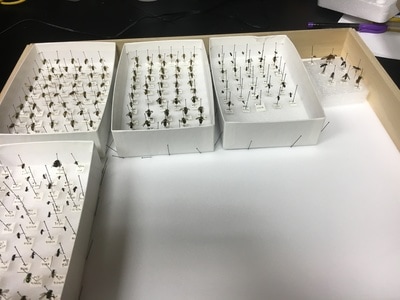
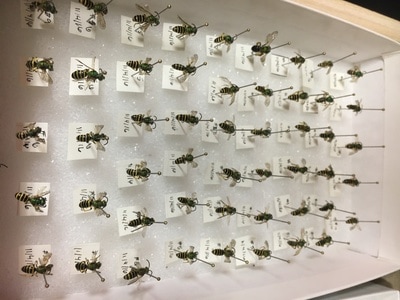
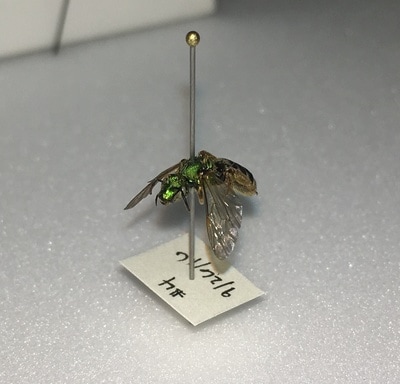
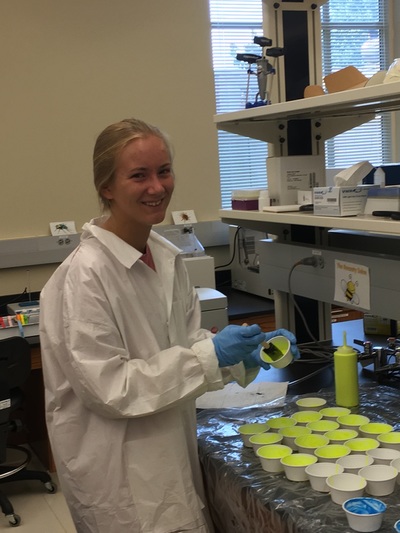
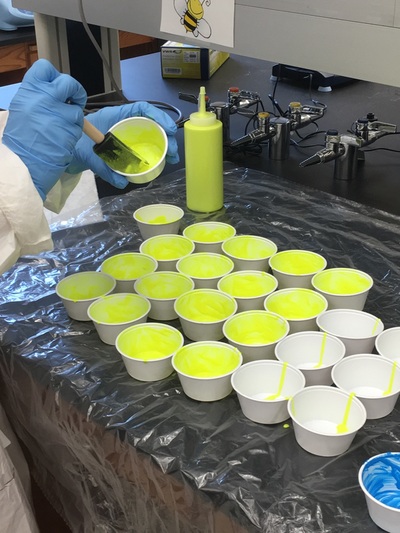
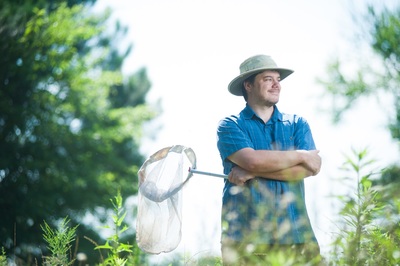
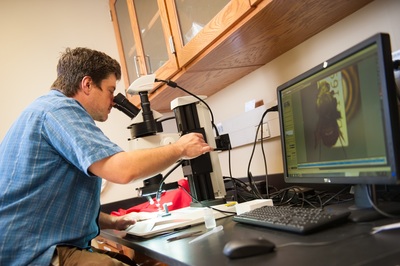
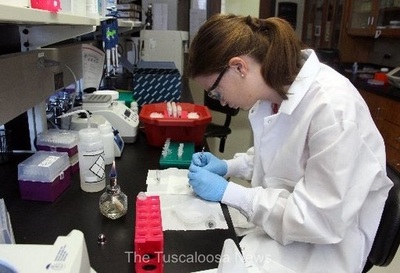
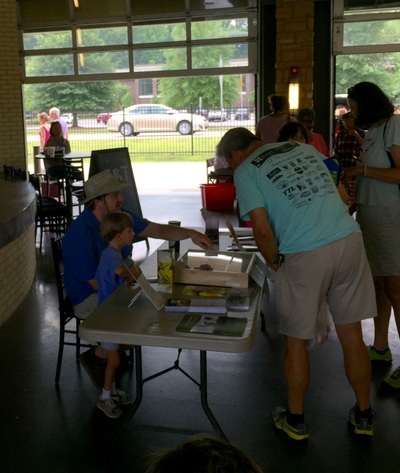
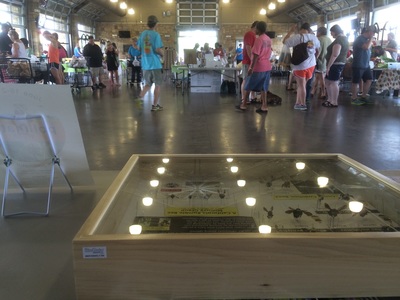
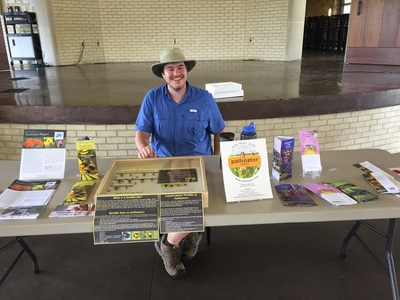
 RSS Feed
RSS Feed